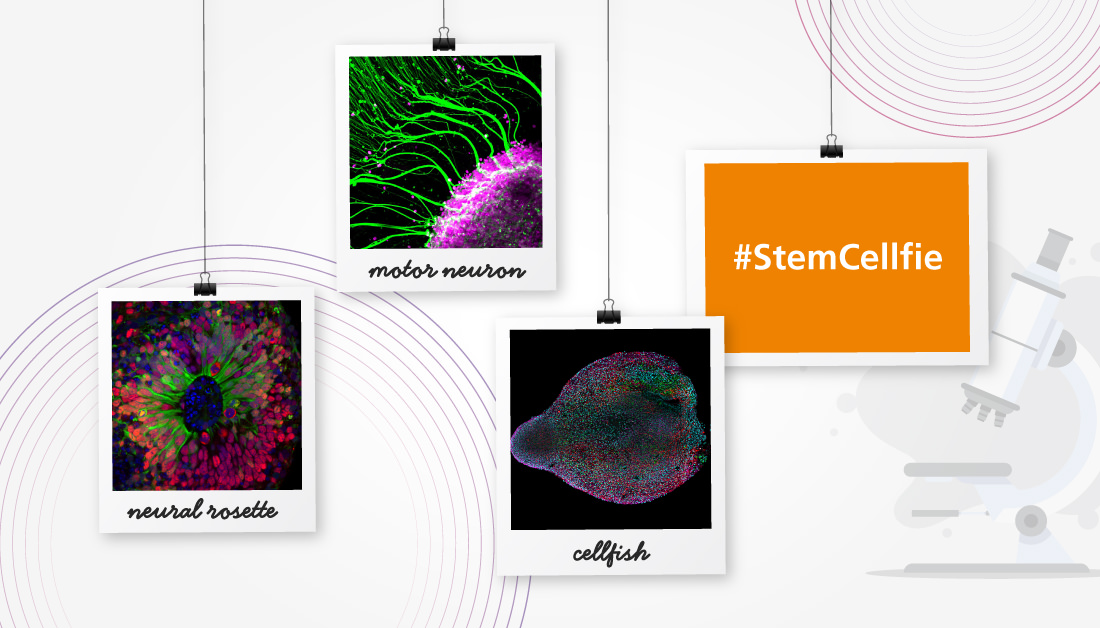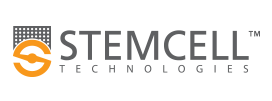Herovici's Stain
for Young and Mature Collagen
Materials
- Weigert’s iron hematoxylin or the Celestine blue hemalum sequence
- Solution A
Material Amount Picric acid, sat. aqu. 100 mL Acid fuchsin, 1% aqu. 10 mL - Staining solution
Material Amount Solution A 50 mL Methyl blue, 0.05% aqu. 50 mL Glycerol 10 mL Lithium carbonate, sat. aqu. 0.5 mL
Tissue Sample
Paraffin sections at 5µ of formol-acetic-ethanol (10:5:85) fixed tissue was recommended.
Protocol
- Bring sections to water via xylene and ethanol.
- Stain nuclei with the acid resistant nuclear stain.
- Rinse well with tap water.
- Place into the staining solution for 2 minutes.
- Wash with 1% acetic acid for 2 minutes.
- Dehydrate with ethanol.
- Clear with xylene and mount with a resinous medium.
Expected Results
- Young collagen and reticulin – blue
- Mature collagen – red
- Cytoplasm – yellow
- Nuclei – black
Notes
- Solution A is van Gieson’s solution.
- Cook notes that the original included a final step with metanil yellow for cytoplasmic staining, which he omitted.
Safety Note
Prior to handling any chemical, consult the Safety Data Sheet (SDS) for proper handling and safety precautions.
References
- Cook, H. C., (1974)
Manual of Histological Demonstration Techniques
Butterworths, London, UK.
Citing:
Herovici, c., (1963)
Stain Technology, v. 38, p. 204






